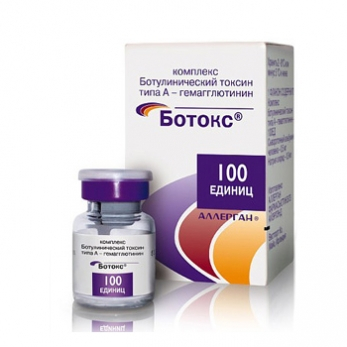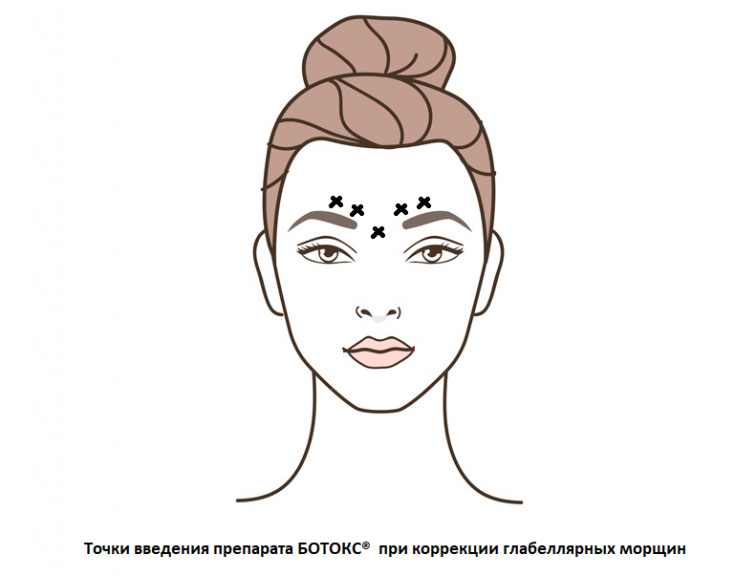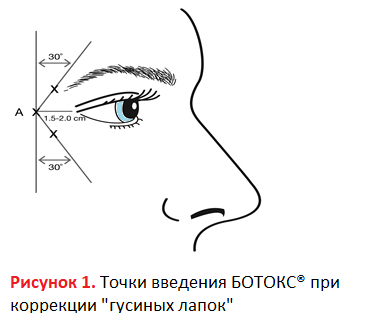The daily activities of the mimic weshts are associated with a large functional load: taking part in the formation of non-verbal emotional reactions, speech and chewing, they contract about 15 thousand times daily.
Active facial expressions are accompanied by the appearance of skin folds, which are quickly smoothed out in young patients. At an older age, against the background of a deterioration in the quality of the skin and hypertonicity of the mimic muscles, permanent tension wrinkles form in the places of their greatest activity.
Botulinum Therapy – the gold standard for muscle tension correction, which has been used by cosmetologists for more than a decade. In this article on estet-portal.com, together with dermatovenereologist, cosmetologist-aesthetician, microsurgeon-ophthalmologist, owner of the network of modern cosmetology clinics Dr. Kravchuk Clinic by Irina Kravchuk we will consider the practical aspects of the use of botulinum toxin in the correction of mimic wrinkles.
Botulinum toxin: mechanism of action and application in cosmetology

Botulinum toxin type A blocks the peripheral release of acetylcholine at presynaptic cholinergic nerve endings by cleaving SNAP-25 – membrane protein necessary for neurotransmitter release.
Thus, botulinum toxin contributes to the inhibition of muscle innervation and the development of a state of muscle relaxation.
The use of botulinum toxin type A preparations in cosmetology is due to its muscle relaxant properties – areas treated with botulinum toxin become ammic, which creates a wrinkle-smoothing effect.
The most famous botulinum toxin type A product used in aesthetic medicine and FDA registered is BOTOX® from Allergan.
Indications for the use of BOTOX® for aesthetic correction purposes are glabellar wrinkles, as well as lateral wrinkles in the form of crow's feet, which form with a wide smile.
Follow us on Facebook
Application of botulinum toxin preparation for the correction of glabellar wrinkles

To correct glabellar wrinkles, BOTOX® must be injected intramuscularly at five points: 2 injections into each muscle, which causes skin wrinkling, and 1 injection into the muscle of the proud (as in the figure).

The dosage of the drug required for one injection is 4 units (0.1 ml). Accordingly, for the procedure, it is necessary to use 20 IU of the drug.
Injection of botulinum toxin near the levator levator muscle of the upper eyelid should be avoided as this can lead to excessive relaxation and ptosis.
The clinical effect is observed already one week after the injection of the drug, reaching its maximum after 5-6 weeks.
A recent study by Allergan has proven the safety and efficacy of high doses of BOTOX® (40U) in correcting glabellar wrinkles, resulting in longer lasting aesthetic results.
More information about the study can be found here: Global Significance Study: Higher Doses of BOTOX®
Crow's feet correction botulinum toxin preparation: a practical guide
To correct crow's feet BOTOX® is injected intramuscularly into 3 areas of the lateral orbicular muscle of the eye on both sides (as shown in the figure).
Thus, for the correction of crow's feet wrinkles; the doctor makes six injections. The dosage of the drug required for one injection is 4 units (0.1 ml), and for the entire procedure, respectively – 24 units (12 units per side).

To prevent complications and maintain a safe distance from the muscle that controls the opening of the eyelid, BOTOX injections® must be administered in the temporo-orbital zone.
If "crow's feet" are above the level of the outer corner of the eye, the injection is carried out as shown in Figure 1, and below – respectively, as in figure 2.
Botulinum toxin: why poison has no analogues among drugs
What are the contraindications for the botulinum therapy procedure
Before the botulinum therapy procedure, the cosmetologist must make sure that the patient has no contraindications to the use of the botulinum toxin preparation.
Contraindications for botulinum toxin therapy include the following conditions:
1. hypersensitivity of the patient to botulinum toxin type A or any other component of the drug;
2. myasthenia gravis (myasthenia gravis) or Eaton-Lambert syndrome;
3. infectious process at the site of future injections.
It should also be noted that to date there are only limited data on the safety of the use of botulinum toxin preparations during pregnancy and lactation. Therefore, BOTOX® is not used in pregnant women, as well as during lactation. Also, the drug is not recommended for use in patients under the age of 18 and over 65.
After using the drug, the clinical effect is observed for 4 months after the procedure. The interval between treatments should be at least 3 months.
Thus, the use of BOTOX® preparations contributes to the effective elimination of tension wrinkles. In order to prevent the development of possible complications, the estet-portal.com team strongly recommends using BOTOX® in accordance with the official instructions for the drug.
Original drugs of the company "Allergan" You can only purchase from an authorized distributor.
Global Research: Higher Doses of BOTOX®







Add a comment